Introduction
Early 2022, Riot Games announced the implementation of rotation in Legends of Runeterra. Ever since then, the company shared many details about what they intend to do, collected feedback from players about their expectations regarding the format, and explained which goals led them to that decision. The community has been quite vocal about this news in general, and many players and fans of the game still have questions about what this means.
For that reason, we decided to bring you all an article with all the information about rotation, Riot's reasons, the main community concerns, what has been shared with us so far and the details about when and how this format will come to LoR.
What is Rotation in Card Games
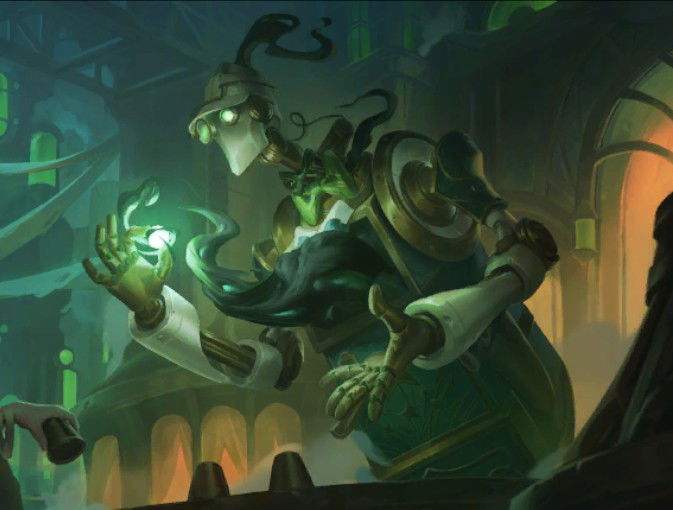
Rotation in card games in general refers to when, at a certain point in the game's schedule, certain cards are "excluded" from the available pool of cards to play in certain formats. This "rotation" of cards is periodically updated, taking out cards and replacing cards according to the company's proposal.
It's important to keep in mind that rotations and "banlists" are two very distinct tools used to "solve" different problems. While banlists mainly seek to remove certain cards that are deemed too "powerful" to remain in the game (something that Runeterra historically can fix through altering the cards every once in a while), rotations seek to diversify the metagame and solve bigger balancing problems and economy systems, by taking out cards from the game periodically, and reintroducing them after a while.
So far, Riot has referred to what they're about to do as rotation, so for clarity purposes, we will also be considering this move as rotation, and not banlist, even if we don't have all the details about the company's plan.
In the history of card games, most of them implemented rotations for certain game formats, or banlists. In Magic: The Gathering and Pokemon TCG, there are many formats with rotations and there are also banlists; Yu-Gi-Oh! and Flesh and Blood so far only have banlists; Marvel Snap, a more recent game, has neither one nor the other; and Hearthstone, one of the card games closer to LoR due to its digital system, has a regular rotation with a select banlist. All in all, most card games end up adopting one system or another, or even both together, to solve many issues of their base systems.
For card games in which the cards cost real money or have physical forms, there are many reasons for those card limitations to be implemented, and we will talk about them soon when we delve deeper into Riot's reason for implementing rotation to LoR.
But now, let's take a look at what we know so far about Riot's plan for rotation.
LoR's Rotation Format
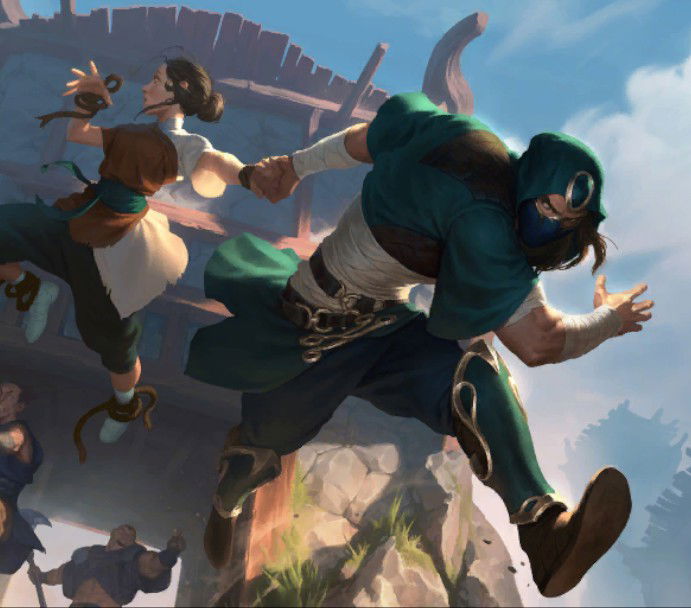
The company informed us, through the first report about game rotation in the official website, that, essentially, they intend to add a PvP game mode to the ones we have so far. In case you don't remember, here is a summary of the game modes we currently have:
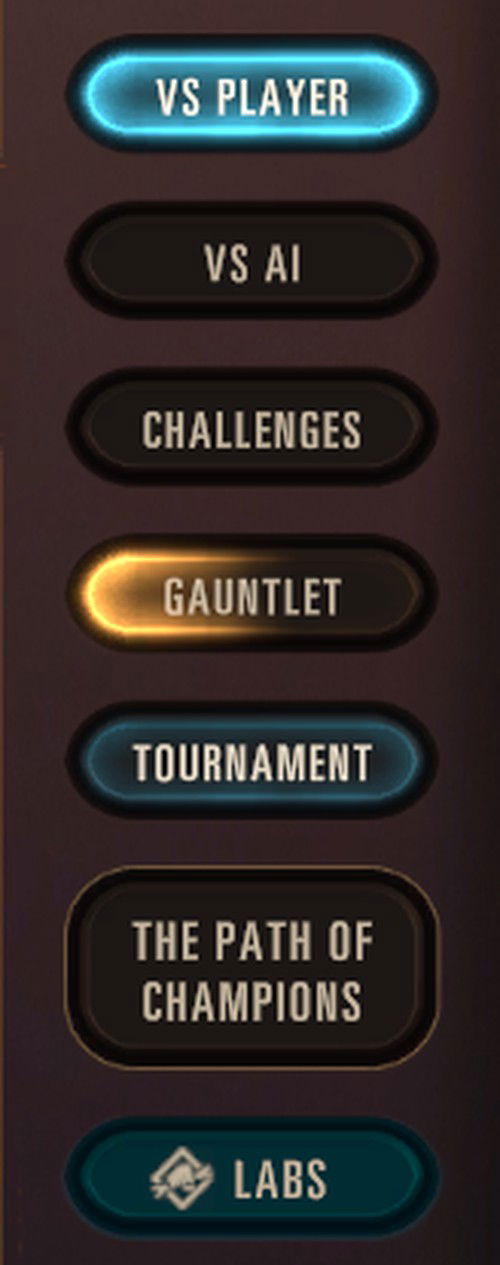
- Labs (Currently, the ones available are Ultra Rapid Draw, a PvP format, and Welcome to the Jungle and United Front, two PvE formats, but there are many modes.)
- The Path of Champions (A PvE rogue-like format. We at Cards Realm published a champion guide to make a good start in this mode, which you can check out here).
- Gauntlet (Currently, Gauntlet has a limitation of decks within only certain Runeterra sets, such as the Foundations, Rising Tides and Call of the Mountain sets. It is a very popular PvP mode among players.)
- Challenges (Game Tutorials, in which the main mechanics are explained)
- A.I. (A game mod against bots, that is, PvE)
- vs Player/Normal (The base PvP mode in the game)
- vs Player/Ranked (The game's ranked PvP mode, in which players can rise their ranks, and compete for a spot for the Seasonal Tournament by getting into the 700 best ranked players in the queue.)
In the first report, the company informed us that it intends to basically separate the queues of the modes vs Player/Normals and vs Player/Ranked in:
- Standard format, which will have a normal and a ranked queue, besides support for Gauntlets and Tournaments.
- Eternal format, which will have a normal and ranked queue.
The Standard format will be the format that will have its cards periodically rotated, whereas Eternal will have all cards available to play always. Regarding which mode will be "favored", something that we will soon see is a major concern for the community, the company claimed that Standard will be slightly favored in balance patches, besides being the base format for Gauntlet and Tournaments (specially the Seasonal Tournament, which happens at the end of every season and has money prizes, which we here at Cards Realm explained all about here).
However, the Eternal format will be focus of a periodical balance patch right before its "spotlight", something that the company intends to do from time to time for this format. We still don't know what this "spotlight" will be like in practice, and if that means that there will be a version of the Seasonal Tournament for this format or other various events to properly highlight this format. What we know is that in this "spotlight", there will be a balance patch focused on this format to solve its biggest issues and also its own ranked season.
Reasons for Rotation
Profit
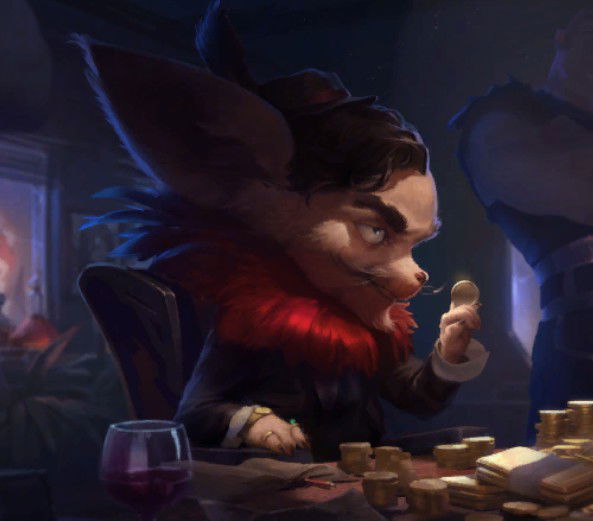
As we mentioned before, there are many reasons to implement rotations in card games. And, when we speak of the examples we already have of existing card games, unfortunately it is very hard to make a fair comparison with LoR because it might have the most F2P (Free 2 Play) economy/collection system of all card games, so most reasons that are based on profit don't apply here.
Even so, I think it is important to mention one of the main monetary reasons other card games based themselves on to implement rotations. A great portion of games in which the cards are bought with real money, or have digital systems that are based in regular monetary investments, uses rotation as a way to keep a constant flow of monetary profit coming from players who buy the cards from new set/rotations. New rotations and sets force players to invest in these "new" products as a prerequisite to play the game modes limited by rotations or banlists. If they don't buy the cards for the new rotation, in certain cases it isn't possible to play competitively, and in extreme cases it isn't even possible to play casually.
This way, the company "forces" its player base to keep investing in the game, and guarantees its profits, set after set, rotation after rotation. Taking as an example the case of a deck which is always valid and strong in a game within this system, it becomes a money sink for the company because players who bought the deck don't need to refine it or buy it again, and this way don't need to keep investing in the game.
However, LoR doesn't require any monetary investment to play. So, what would be the other reasons for rotation, that are not focused on profit by the company?
Other Reasons
Players' Comfort
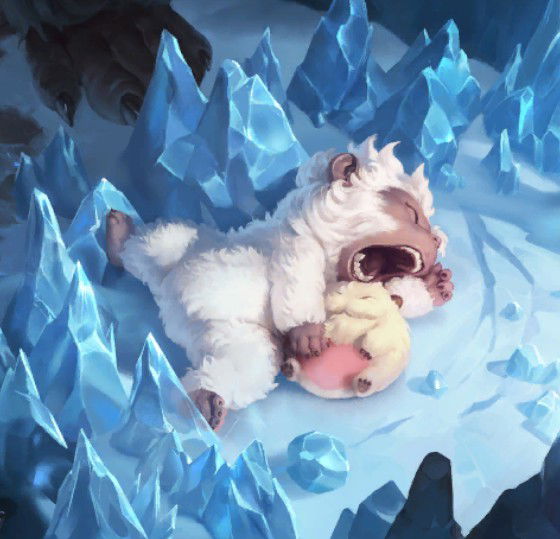
By analyzing reasons given by the companies, it is a common reasoning that shrinking the number of available cards help players feel more comfortable when playing. In cases of players without a full collection, it is easier for them to have the cards necessary to play the game if it has less available cards, which might be a challenge for game economies which are more expensive for the player.
In LoR's case, what was quoted by the devs was the fact that with fewer cards available, players don't need to play "against" all cards in the game. Playing against a region, for instance, won't mean playing against all cards from that region, and instead of that, it will be just a portion of it.
This way, players will have to think about fewer cards when playing opponents in the Standard mode, which remains closed decklist, that is, it isn't possible to see the opponents' list of cards.
Balancing
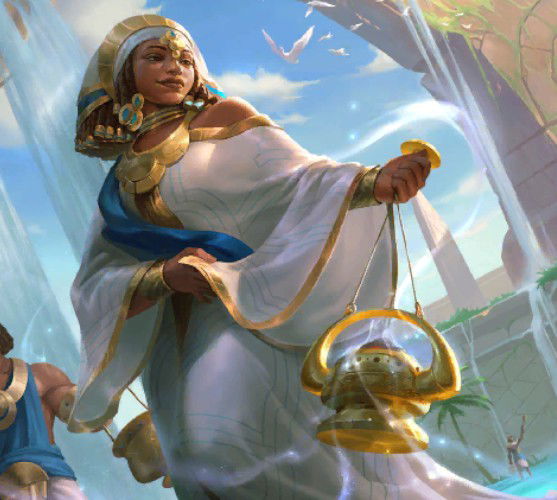
Balancing card games is already hard, and the task becomes impossible when the number of cards available that need to be revisited and analyzed from time to time, is extremely large. Both strong and weak cards need to be balanced periodically, and ideally even "weaker" cards need to have their place in the meta for the players who like them.
Rotation helps, a lot, so that developers who balance digital card games' jobs are more efficient and precise. With fewer cards available, the meta becomes less complex, and identifying the "problems" and "weaknesses" becomes simpler. This way, the company is not forced to "gut" a deck, every time balancing efforts end up fruitless.
Card Design
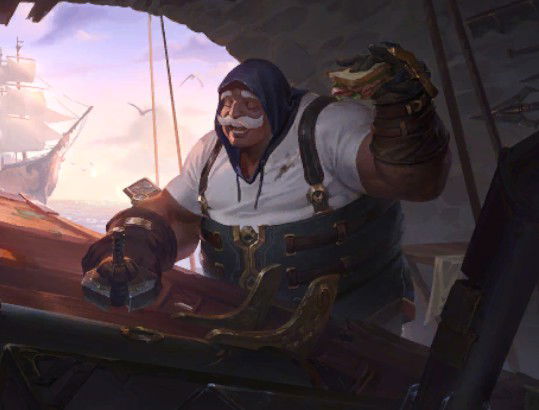
That the "powercreep" effect is so dominating in games is a direct consequence of the lack of rotation and time in games. To keep players engaged and interested in a product, companies many times end up releasing sets and collections stronger and stronger, causing an enormous difference in power level between an older set to a newer one.
In a rotationless system, old cards are forgotten and left behind in favor of new cards which will "always" be stronger. The effect is also ever-growing: the stronger a card is, the stronger the next card needs to be, and the stronger the counter cards need to be. This causes what developers sometimes call "limited design space", in which unusual and fun strategies get left behind, and it is required that cards are released with a very high power level.
Rotation allows for devs to interact with sets better, balancing, creating new cards and sets completely planned to work together, this way highlighting old cards through new ones, among many other possibilities.
Game Quality
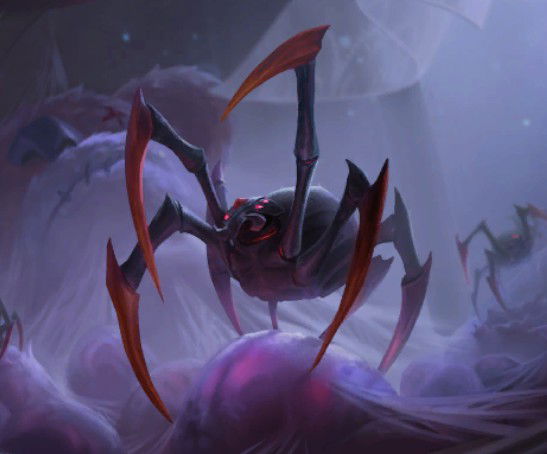
Many times, card game developers work with very small teams, due to the niche characteristic of this genre. That makes the resources available to them for them to work in each aspect of the game scarce, depending on the game, and regardless of how popular a game is, working with every card available means increasing significantly the work for those who are seeking out bugs, weird interactions and other system complications.
With fewer cards around, it is possible to investigate, analyze and better balance each interaction between cards, and bugs are more easily perceived and resolved.
Community Concerns
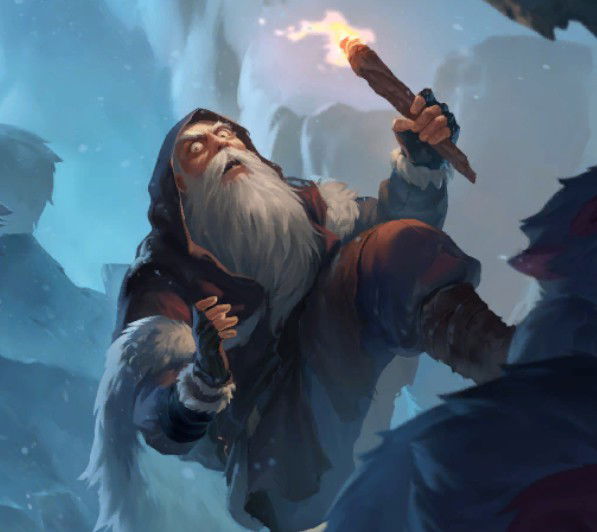
According to the Latest Report on Rotation
Ever since rotation was announced, players and fans have questioned it and given their feedback to Riot in multiple ways. Through Twitter, Reddit and even the main site itself, devs have worked tirelessly to answer these concerns, and calm players about certain concerns.
In the main site's latest post on rotation, three questions were answered.
“Why won't I be able to play my favorite champion in Standard?”
- -
This means that with two formats, the chance of that off-meta champion to have its place in the game increases, as it would be two realms of possibilities for that to happen, Standard and Eternal.
“Won't you be too overwhelmed taking care of two formats?”
- -
So, the reasoning is that with less balancing issues to solve, Standard will be easier to "handle", and Eternal will have its spotlight from time to time, besides being constantly watched so that big problems don't become too big.
“Will Eternal have a diverse meta, with plenty of decks to play? Or will it be forgotten, and its meta will be unbalanced?”
- -
From what it looks, the company will keep an eye out for strong and weak cards so that they get into Eternal with the same chance of seeing play. Diversifying a meta is an important focus both for players and devs.
These are promises that, in the end, we will only have to wait and see if they are fulfilled.
Main Concerns
From what is possible to see through the messages on many social medias, most concerns involve everything that the company has said and promised not being fulfilled. Players from many different backgrounds and game experience are afraid that both formats won't be properly balanced, and that their favorite game styles are rotated.
Certain suggestions of champions to be rotated were also highly criticized, such as, for instance, Vladimir, mentioned as a case with a lack of harmony in his design when compared to the metagame and the game design philosophy that was built. Players fear that this champion will disappear forever.
It is possible to see much "lack of faith" in the company's words, which already had a few issues with keeping their promises, particularly regarding its balancing patches, which at a certain point were scarce and had way too few changes, or changes considered "wrong" by the community.
Speaking of balancing, one of the arguments that always gets thrown around when the discussion arises is that instead of rotating, the company could simply "balance the game better", this way eliminating the need for rotation.
Without a question, Riot Games will need to work hard in 2023 to deliver everything that was promised and also calm players' hearts.
Dates, Champions Announced and Speculated

As per the latest report on rotation in the official site, the first Legends of Runeterra rotation will happen alongside the first expansion of 2023, February 1st 2023.
Among the champions announced as considered for rotation, we have Twisted Fate, which has a very "breakable" design, Irelia, which is almost always accompanied by Azir and therefore limits deckbuilding for both of them, and Vladimir, which, as we mentioned before, doesn't fit in what the company wants for the player and the region, and will probably be reworked during its time spend outside the Standard format.
Many players speculate that Ezreal will soon enter this list, due to his dominance as a win condition in control decks, and also the card Feel The Rush, also due to its dominance in many metas.
Final Thoughts
This was our round up of what we know so far about rotation in Legends of Runeterra and what we might expect from Riot Games early 2023. I hope you are more informed about this matter, that you feel more capable to form your opinion, and that you have a better idea of what to expect in the next few months.
So? What do you think about rotation? Have you gone through that experience in other card games you played? Leave your comment down below!
See you in the next article!

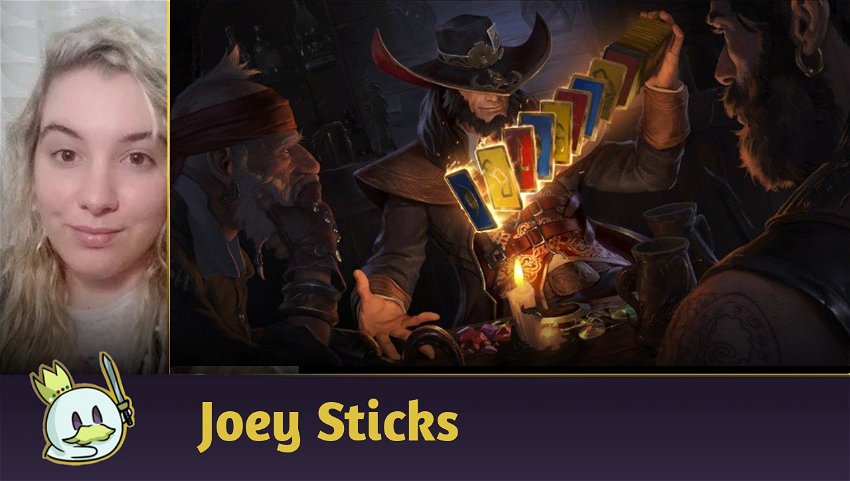






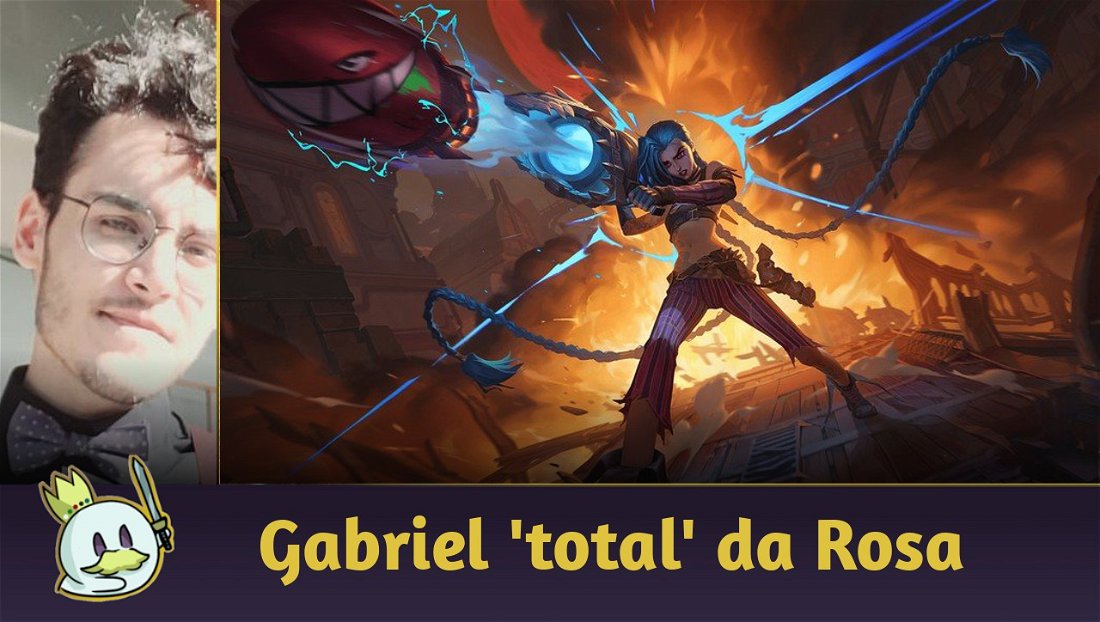
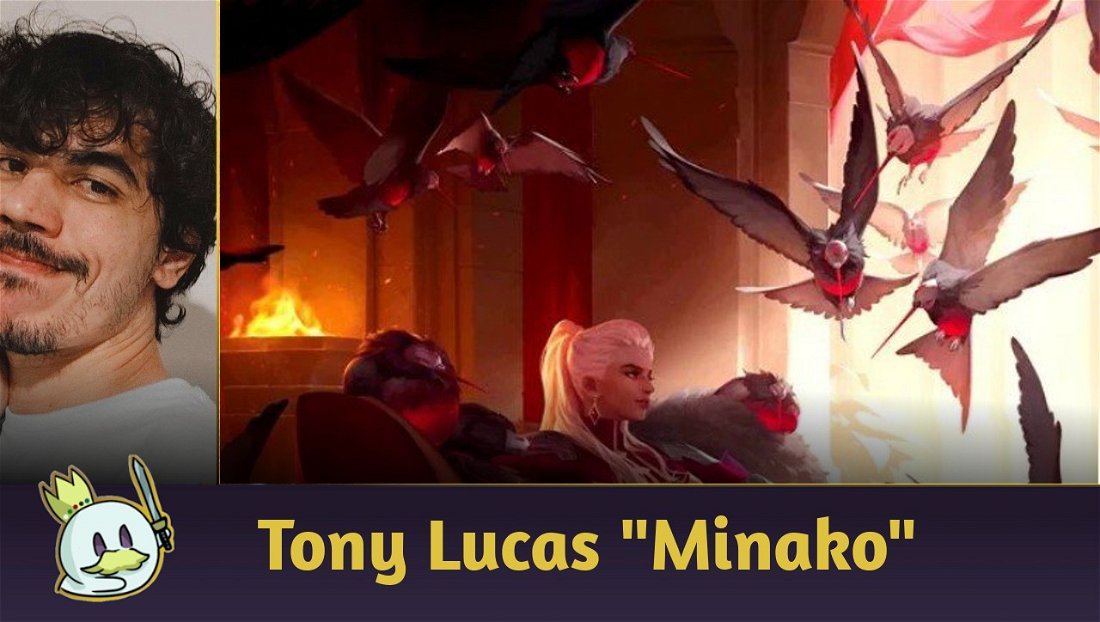

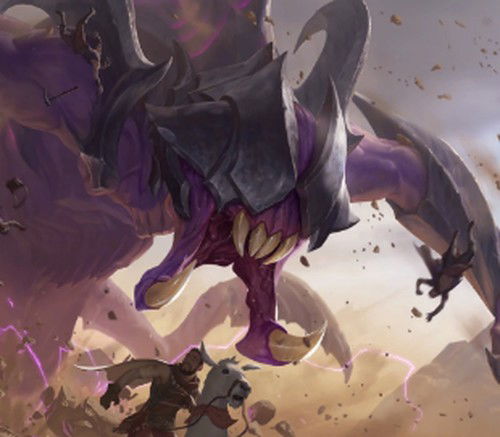

— commentaires 0
, Réactions 1
Soyez le premier à commenter